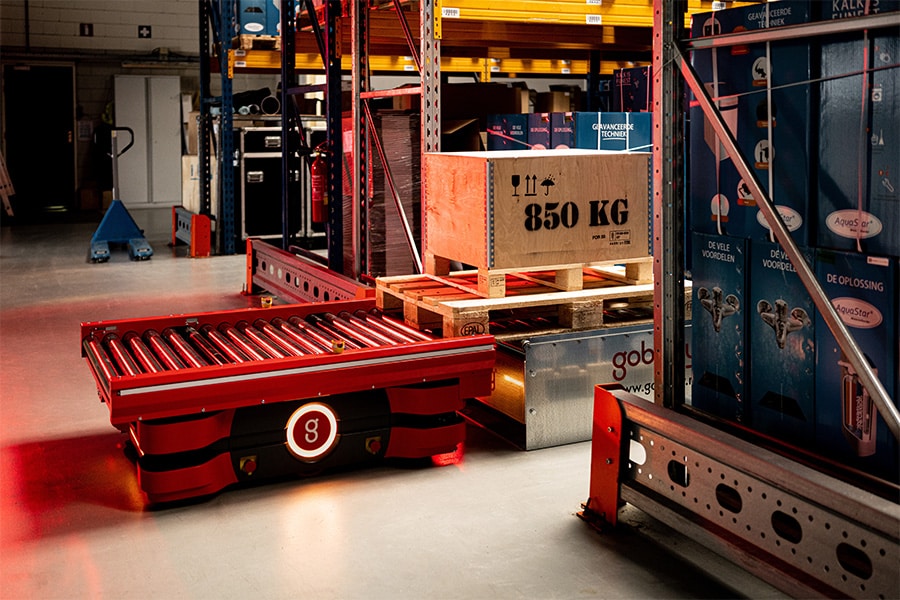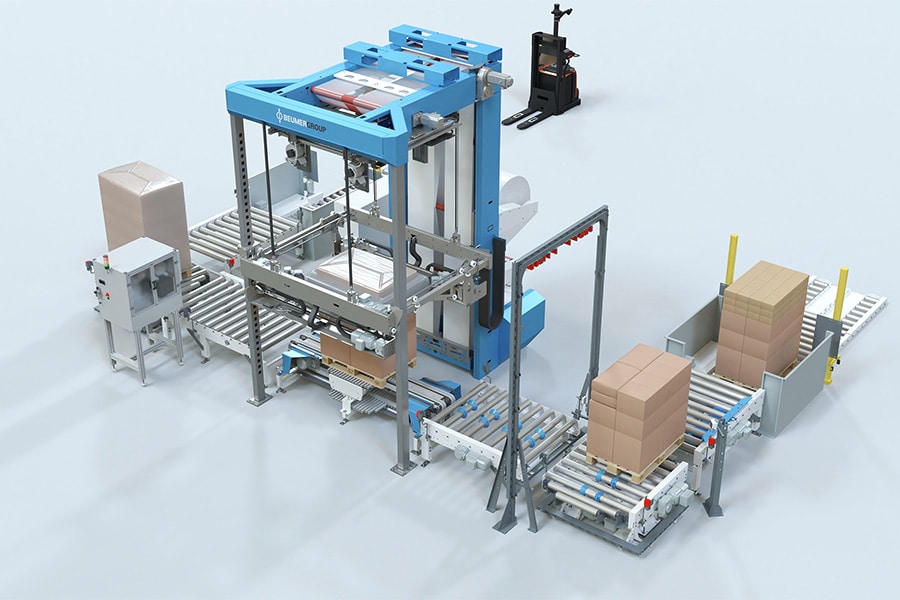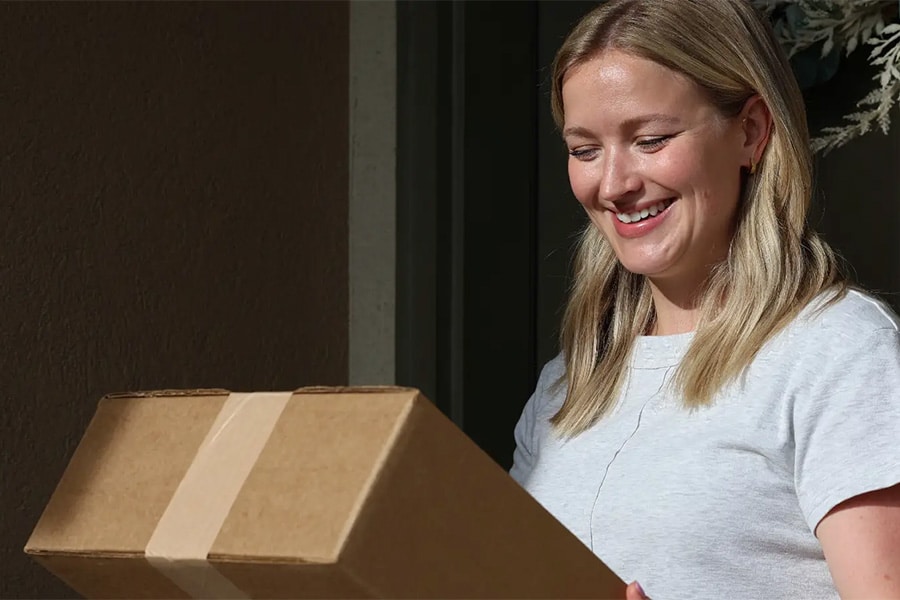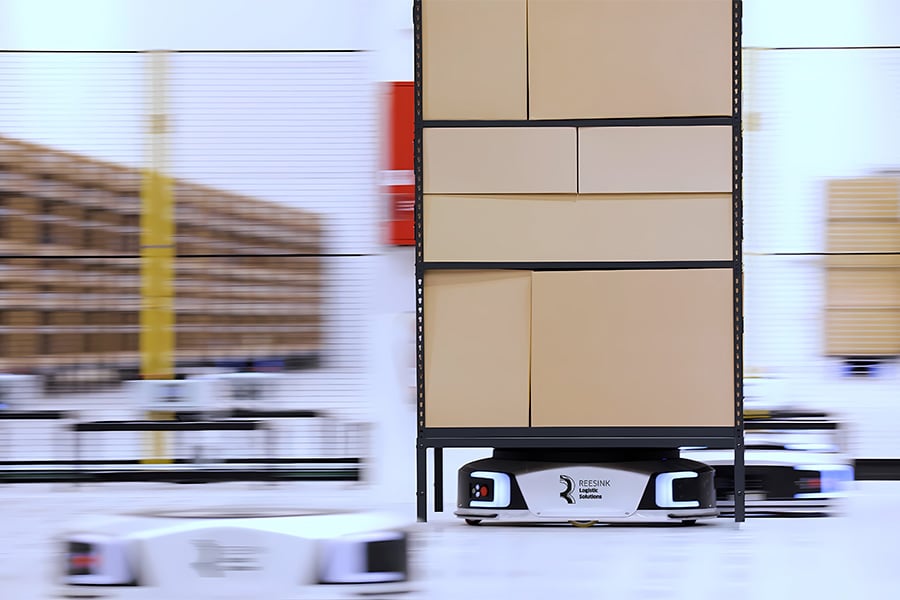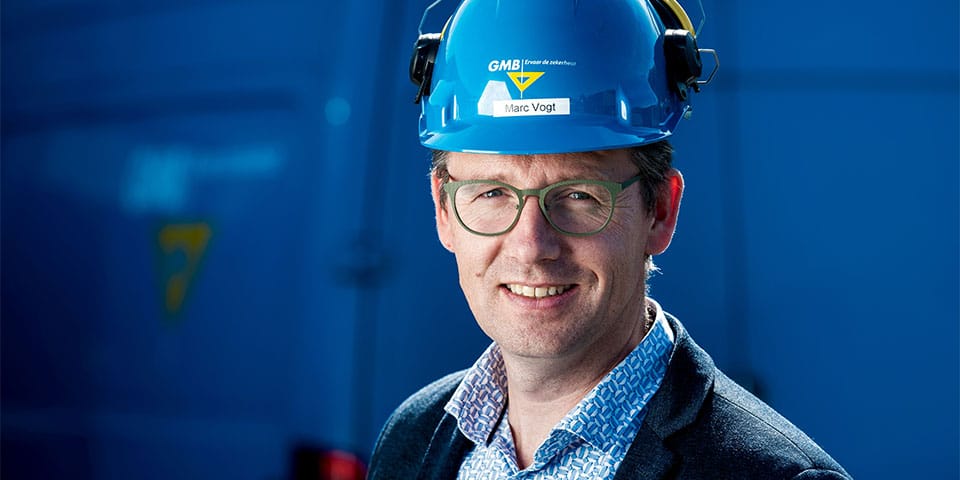
No surprises with new pump systems thanks to 'digital twin'
Reducing failure costs and preventing damage, isn't that what every company wants? This is also desirable in the pump industry, especially when we consider the consequences a non-functioning pump can have. GMB realizes/renovates -from various clusters- among others dikes, port sites, sewers, pumping stations, water treatment plants and sludge processing plants.
Cluster Water Quality and Installations has a 'state of the art' method for reducing the failure probability of a new pump installation to an absolute minimum. Together with their partners, they create a so-called 'digital twin' before the pump is put into operation and use it to simulate its operation. Marc Vogt, design manager at GMB, takes us through the process.
Dry testing for maximum risk management
"I can best explain how the digital twin works using a project AWP 2.0 for Waterschap Brabantse Delta that is currently underway," Vogt opens the conversation. . "We are currently renovating three pumping stations, replacing two old pumps with three new ones, per station. Recently, the first pump was put into operation, where we were certain in advance that it was going to do its job without any problems. Beforehand, together with our partners, we made a digital twin of the pumping station. This involved virtually rebuilding the pump, piping and instrumentation to function in a digital simulation. We then fed this simulation with calculation software from our partner RHDHV with data such as artificial rainfall, data from local measurements, all kinds of system influences that affect the operation and, last but not least, the test data of the pump from our partner Pentair. The software of our partner Hoppenbrouwers links everything together and the result is a virtually running pump, which is subject to influences that are guaranteed to occur once in real life. A kind of digital baptism of fire..."
However, the simulation does not stop there. Vogt explains: "This dry, virtual test also gives us the opportunity to simulate all kinds of business situations. You can't have more certainty in advance. The great thing is that you can already start fine-tuning and tuning in the simulation, things that can be transferred one-to-one to the real installation when proven successful. That creates confidence."
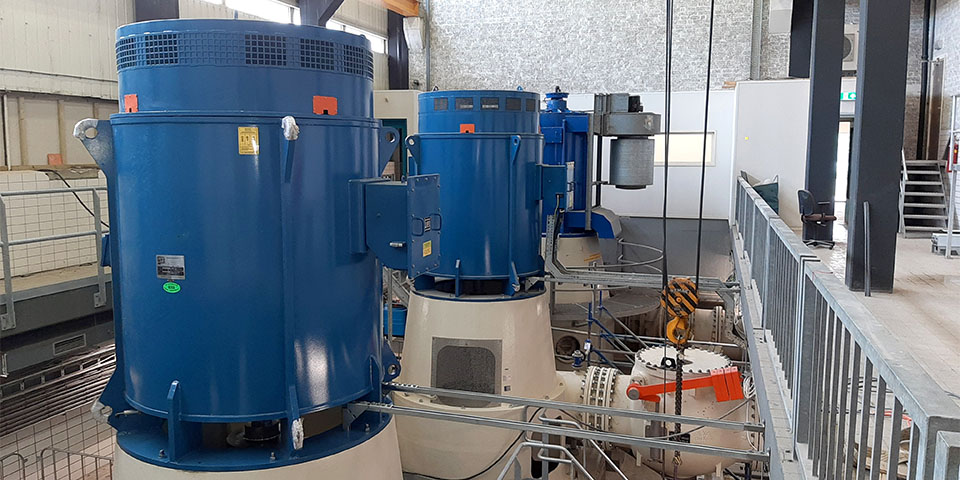
An overview of the three pump lines.
Huge savings of time
In addition to providing assurance regarding the technology, the digital twin also represents a huge time saver. "Logical really, because if we could not test digitally, we would be dependent on spikes that occur in real life. Then you would have to wait for real severe weather and just hope that the installation would hold up. Besides the time this takes, there is a good chance of damage. Trial and error is not desirable for pumping systems of this size. Not in terms of costs incurred due to possible damage to the installation, but especially due to the consequences in the environment caused by the failure of such a pumping installation. Yet another proof that we can rub our hands with the possibility of virtual testing. The computer is patient. Running a 24-hour virtual test is no problem, we simulate in 'real time'."
The first time tastes like more
For GMB, this is the first time it has worked in this way. "It was possible because this work specifically lends itself to it," Vogt explains. "These pumps are large and powerful. And during the realization of the work, the discharge must be guaranteed. In the virtual environment, we can push the absolute limit ... There are such forces involved, that if you do this in a practical situation, you can incur enormous damage. That again costs time, money and is basically capital destruction. Now we can test with the store open, as is so nicely said. The old pumps are still running, the new pump will come on line operationally and it's a matter of replacing them without unnecessary delay."
Taking a predictive approach
In conclusion, Vogt says, "You can do more and more with it. The pump that has now been commissioned is also being monitored. We link that data to the initial test results, everything is correct so far. In other words, a piece of validation. By analyzing the data, we will even be able to work predictively. That will be the future, ideal, for example, to further optimize systems."
